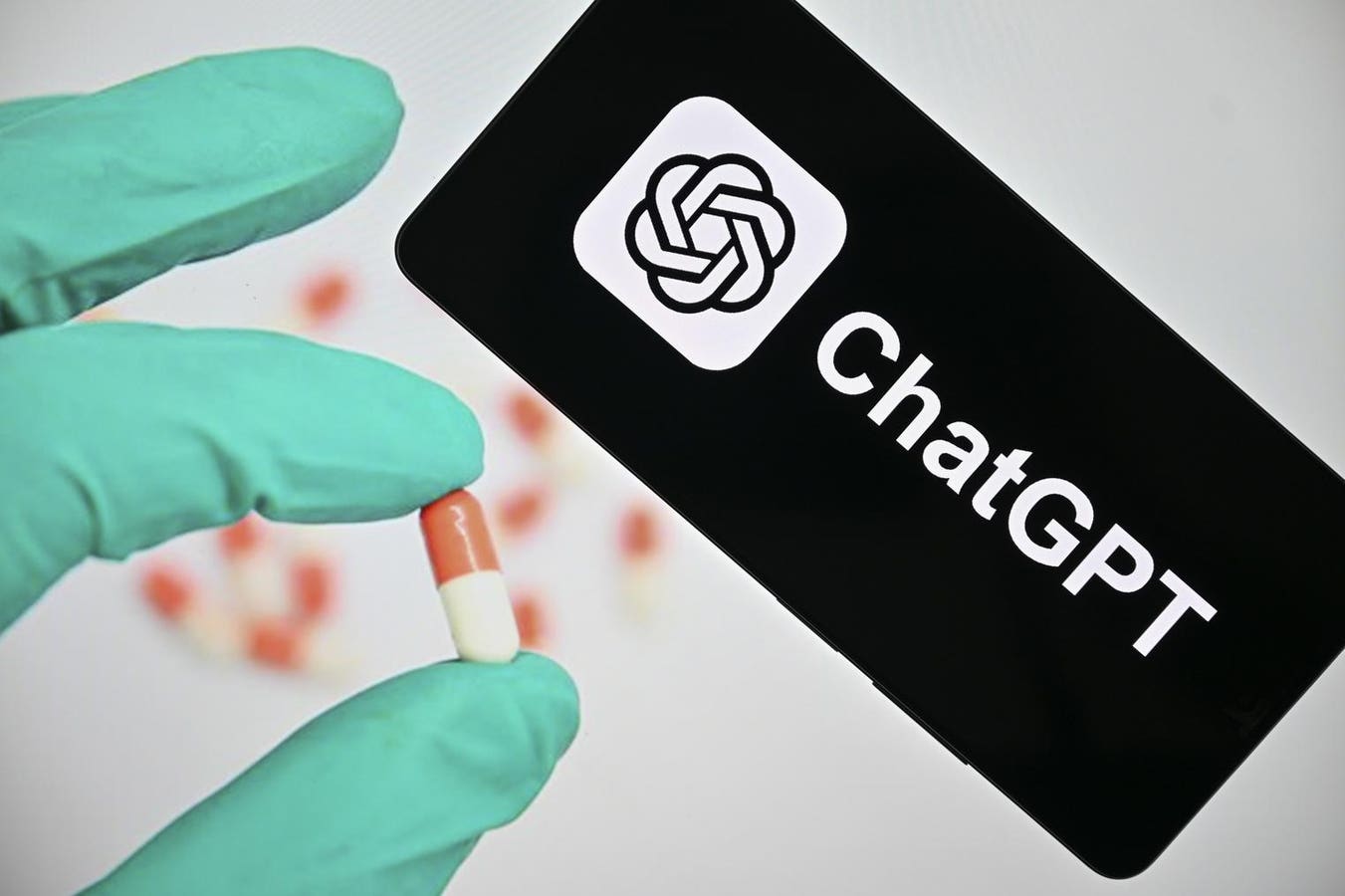If you find yourself grappling with conflicting feelings about what ChatGPT and similar artificial intelligence chatbots will mean for health care, you’re not alone. The president of the National Academy of Medicine, a man whose clinical and research accomplishments place him at the pinnacle of the profession, is doing much the same.
“OK, as a non-AI expert, I should be excited, I should be scared,” NAM president Victor Dzau told attendees at an Academy “issue framing conversation” focused on generative AI and Large Language Models. “But what are we going to do about this?”
Below, we’ll see what ChatGPT recommends. But “excited” and “scared” seems to me precisely the right response. Though none of the AI experts in a day-long meeting examining the AI landscape and its medical, public health and policy implications were as candid as Dzau, the teetering between terrific and terrifying constituted a constant undertone.
It was hard not to be both excited and scared, for instance, when listening to Microsoft corporate vice president of research and innovation Peter Lee. Lee was intimately involved with ChatGPT’s development, and he has written and spoken extensively about the knowns and unknowns.
“The important thing to understand about generative AI [tools] is that they are not computers,” said Lee, “but a new kind of reasoning tool that we as a medical community are trying to understand how to use.”
Then there was this assessment by Lee’s colleague Sebastien Bubeck, a mathematician and senior principal research manager at Microsoft: “I think GPT-4 has acquired common sense,” Bubeck said, “and I can see a future where there will be a model that runs on your phone.”
And this startling prediction from Vincent Liu, a physician, informaticist and senior research scientist at Kaiser Permanente Northern California: “We have to keep in mind the future of AI as a colleague,” asserted Liu. “We have to accept it as a new form of intelligence.”
Meanwhile, he added, as AI intersects with genomics and nano-materials, “it may actually change the biology of our humankind.”
Excited and/or scared yet?
One example of just how swiftly LLMs have advanced is that Google’s Med-PALM2 has reached the level of human experts on the medical licensing exam. But before “Dr. Google” or “Chat-GPT, MD” can become trustworthy clinical partners, numerous issues remain to be resolved.
For instance, when the Department of Veterans Affairs deployed generative AI to track Covid, it found “you have to be constantly monitoring and learning to make sure the model keeps performing,” said Gil Alterovitz, the VA’s director of artificial intelligence. Others have noted that if you ask an LLM the identical question just a few seconds later, you may receive a different answer.
The safe bet at present seems to be settling for the mundane – for example, organizing the information contained in a long and confusing medical chart – even as a bevy of breakthrough possibilities beckon. One promising area is using the language ability of AI-powered chatbots like ChatGPT to expand equitable access to mental health care.
Noted Dzau, “We need some clarity about what’s not ready, and what is ready with the proper guidance and human intervention.”
ChatGPT has been accessed more than 10 billion times since its November, 2022 public release. As yet, however, there’s no agreement on how the corporate developers of LLMs can partner with the health systems that have the patient data needed to study the way in which applications might work in the real world. Nor, importantly, is there any mechanism to systematically incorporate input from individual physicians and patients into the development process.
Researchers need to develop “a common set of questions that we should ask and answer as we evaluate the applications,” said Philip Payne, chief data scientist at the Washington University School of Medicine.
Agreed Nigam Shaw, chief data scientist at Stanford Healthcare, “We need to focus on defining and verifying benefits. As a community, we’re still figuring this out.”
“We don’t understand yet how to fine-tune the data to understand what’s actually causing the answers to be what they are,” acknowledged Microsoft’s Bubeck.
This being a meeting focused on practical actions going forward, no one was impolite enough to voice the obvious question: “You unleashed a radically new, non-human intelligence without understanding how it works? Could you share what human reasoning caused that?”
Unsurprisingly, federal regulators are being forced to play catch-up. When Lee Fleisher, until recently the chief medical officer of the Centers for Medicare & Medicaid Services, asked, “Where is the trusted national resource to look at deployment of AI?”, there was no ready reply.
LLMs and generative AI, acknowledged Troy Tazbaz, head of the Food and Drug Administration’s Digital Health Center of Excellence, are “a different paradigm pushing all of us to think differently.” The FDA, he suggested, may need new legal authority to oversee software that could significantly change and evolve after it’s approved for use in a product.
A broader challenge, said Thomas Maddox, a cardiologist who leads the digital health and innovation program at BJC HealthCare, is ensuring that we don’t unwittingly infect AI with our own prejudices. “Because AI is ultimately a reflection of us and all our biases, how can we help AI and ultimately us to be fairer in the care we provide?” Maddux challenged the group.
The NAM has an answer: “You construct a learning healthcare system.” So, too, does ChatGPT. When I posed Maddox’s question to ChatGPT-3.5 (the free version) and chose “Precise” for the type of reply I wanted, ChatGPT quickly provided a five-point plan centered on diversity in data; diversity in people; validation; governance structure; and transparency.
See? There are some health care uses of ChatGPT where you won’t be excited or scared in the slightest.
Read the full article here





